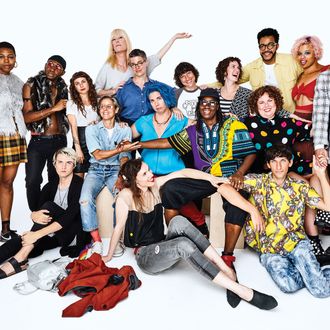
The question that kept getting asked by artists and curators and anybody, really, whom the New Museum consulted while putting together its new show “Trigger: Gender As a Tool and a Weapon” was whether the sexy title was itself triggering. “It does seem that right now, gender is at the center of every debate in our culture, and it is really polarizing,” says Johanna Burton, the show’s curator. “Yet when you try to talk to people about it, they act confused.” Even many of the artists she approached insisted that their art was not “about” gender — yet they were all chosen for how they use gender as a lens for looking at everything else.
The result is a show full of worlds to lose yourself in, created by more than 40 artists — such as Mickalene Thomas, Nayland Blake, Liz Collins, Paul Mpagi Sepuya, Mariah Garnett, House of Ladosha, and the Dyke Division of the Two-Headed Calf — half of whom (the East Coast contingent) gathered here for this group portrait. The exhibition marks the 40th anniversary of the New Museum and includes work by artists established and new, young and old, all of it from the past decade. “I don’t believe that you have to be 25 to think in new ways about gender,” Burton says. “Look at Justin Vivian Bond,” the performance artist, who has watercolors and an installation in the exhibition and “who has led the charge in many ways and elegantly asked people to think about their own relationship to gender. And then there is a younger group who are not the heirs of those discussions but who are demanding entirely new terms. For some of them, even the model of the spectrum is limiting. What if you don’t want to be on the spectrum at all? What if you consider yourself outside of gender? So I’ve learned a lot from the artists.” And yes, Burton did worry about the title, but she figured it was better to just acknowledge up front that some people would find some parts of it unsettling. In fact, there is a promise of provocation. (There is even a joke in the exhibition catalogue that the museum could hold a “trigger festival” to see if it could manage to offend everyone.) “There is a new idea that if something challenges you, it’s a bad thing. That used to be what art did,” she says. “And the subtitle comes from Audre Lorde. She has this famous essay where she writes that you can never dismantle the master’s house using the master’s tools. So what are the new tools we have?”
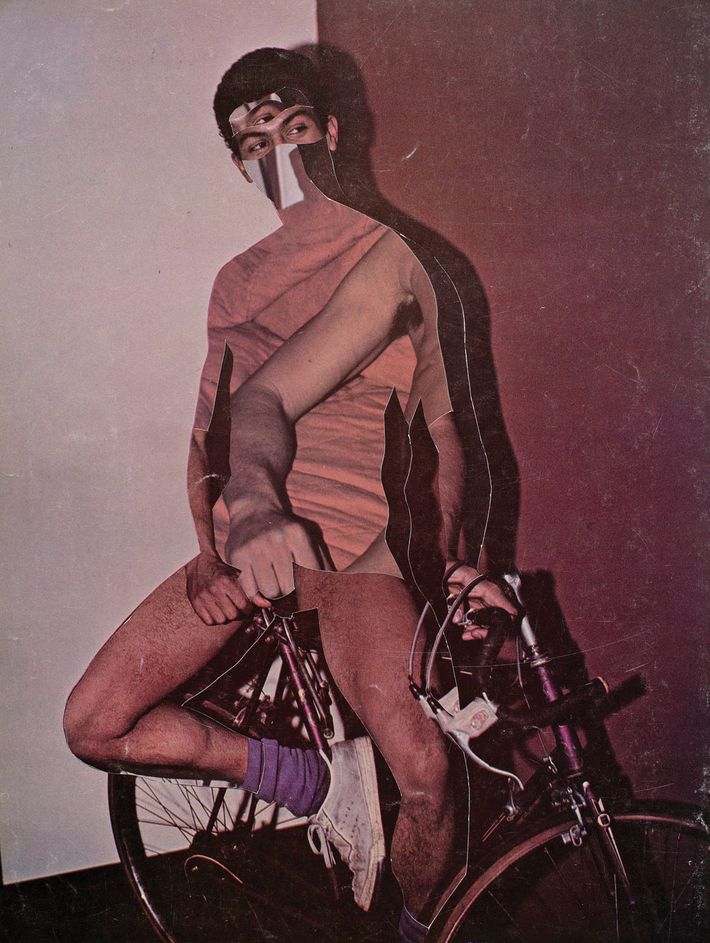
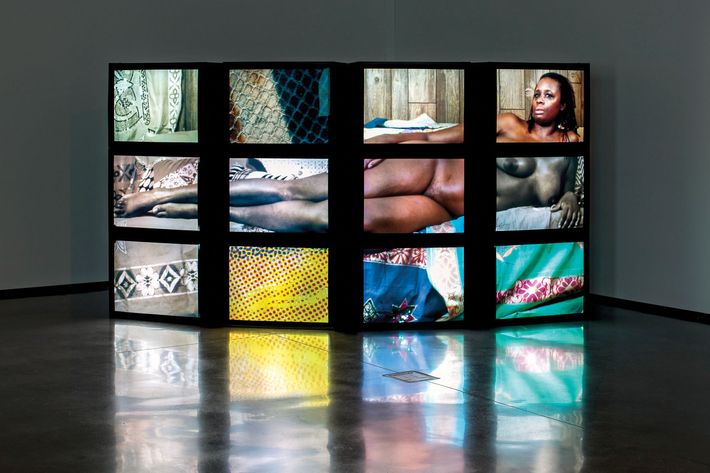


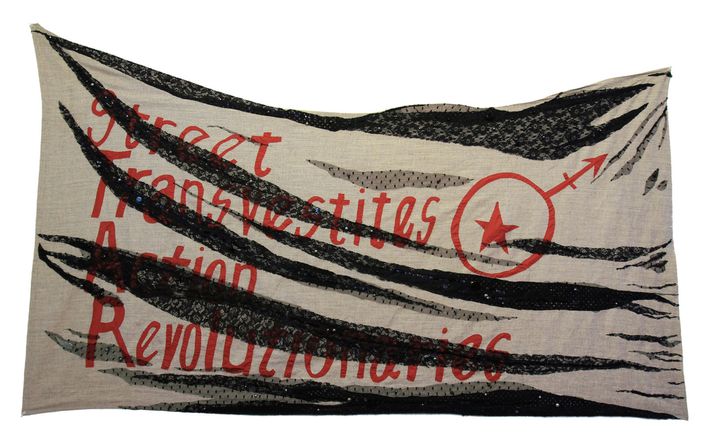
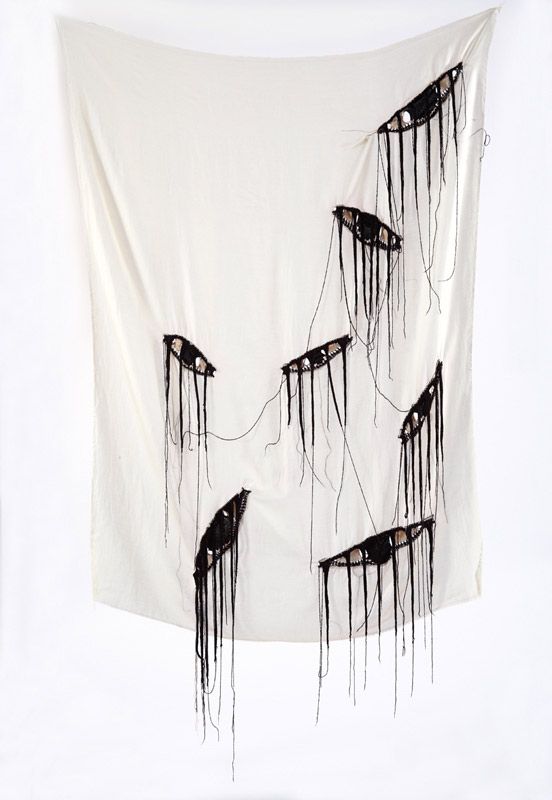
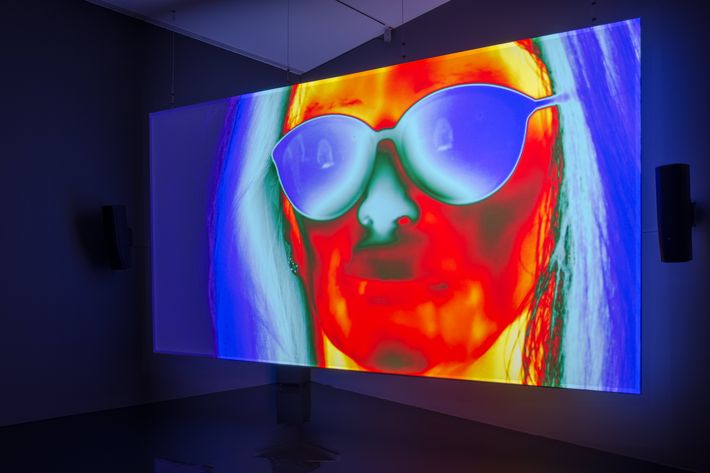
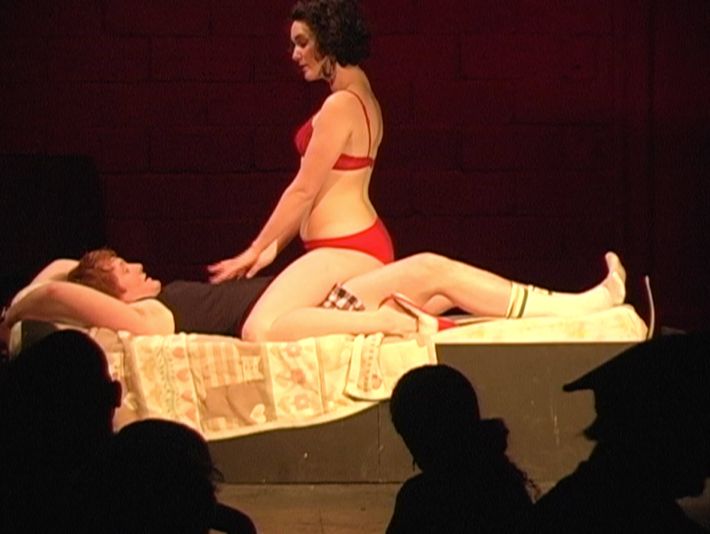
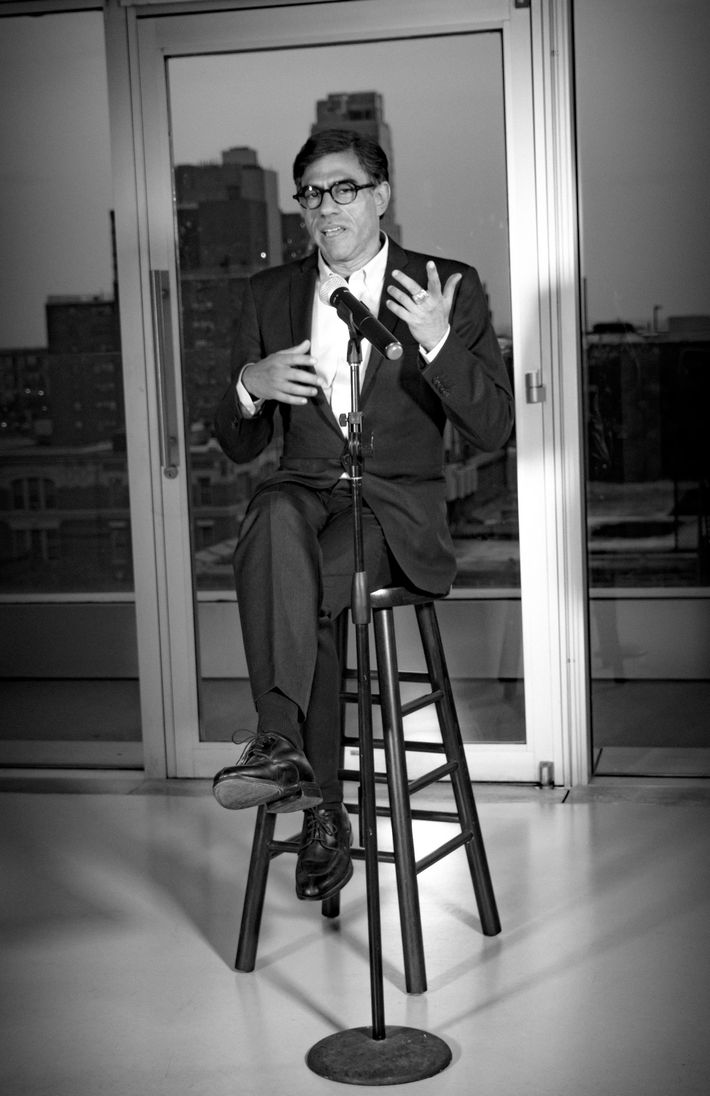
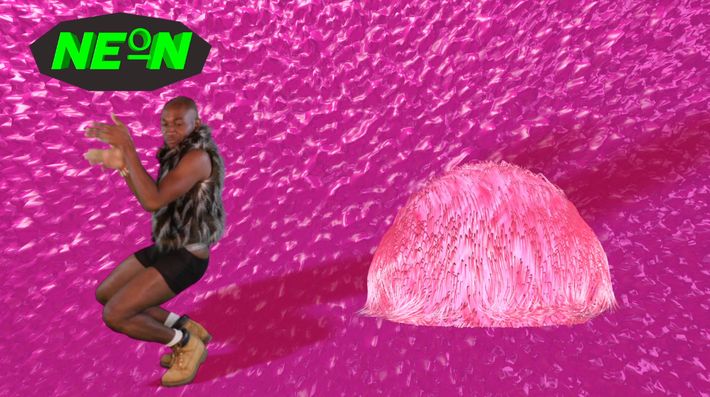

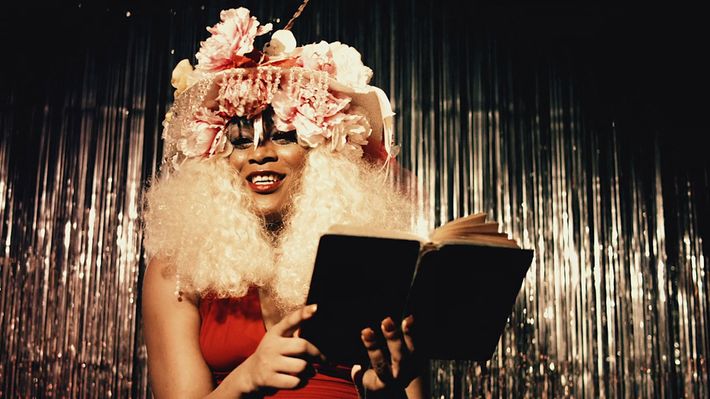
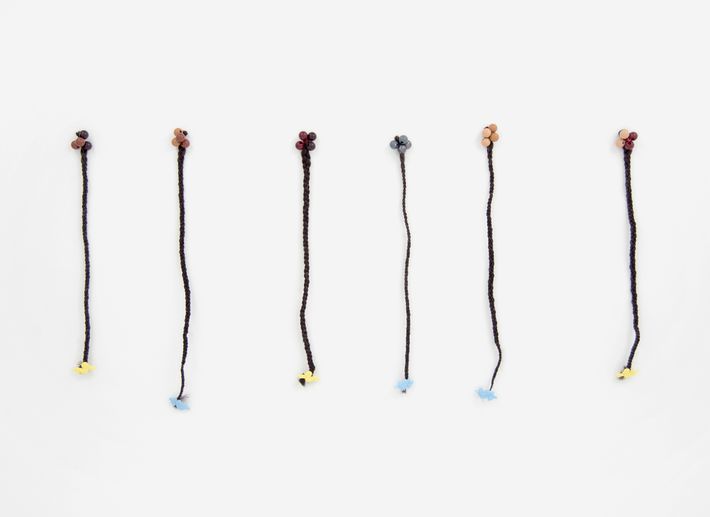
*This article appears in the September 18, 2017, issue of New York Magazine.
